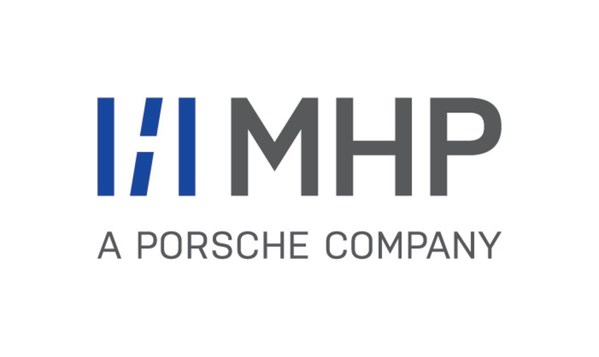 |
German carmakers come out on top in hardware and software, even in China
- MHP publishes the Mobility Study 2023 on the transformation of the automotive industry and the role of software-defined vehicles
- In the spotlight: Chinese car manufacturers, increasingly pushing into new markets
- Vehicle driving dynamics continue to play a significant role, also among respondents from China – German OEMs still ahead in this field
- Software-based functions already a decisive criterion for 73 percent of respondents worldwide; German manufacturers enjoy high competence rating in China
- 58 percent of all respondents would buy a car from a Chinese manufacturer
- 36 percent of those polled see price-performance ratio as having the greatest need for improvement for Europe’s car manufacturers
LUDWIGSBURG, Germany, Oct. 4, 2023 /PRNewswire/ — Cars are increasingly equipped with software-based functions. And yet the hardware-based functions – such as the vehicle’s driving dynamics – play a significant role for most consumers worldwide. This is a central finding of the new mobility study carried out by the management and IT consultancy MHP entitled: “The Software Race: Chinese Automobile Manufacturers in the Fast Lane?”, for which MHP, together with Motor Presse Stuttgart Research & Services, surveyed around 5,000 consumers in China and the USA, Sweden, Poland, Italy, the United Kingdom and Germany. “The fact that customers all over the world continue to attach great importance to the quality of the exterior and interior is very good news for European manufacturers,” says Marcus Willand, partner at the Porsche AG subsidiary, MHP, and co-author of the study, “because this is where the established OEMs are still setting the standards today, and are still ahead of the new players.” However, these new players are becoming increasingly relevant. For example, 58 percent of the consumers surveyed worldwide could imagine buying a vehicle from a Chinese manufacturer. In China, the figure is 98 percent, in Europe 58 percent. “For some time now, the media have been reporting very intensively about how Chinese OEMs are challenging the established manufacturers from Europe and the USA,” Marcus Willand continues. “We wanted to find more detailed information on this and really understand the ‘Chinese way’ – also in order to then successfully go our own way together with European manufacturers.”
In fact, it is not only new markets that Chinese manufacturers are breaking into with great intensity. Evidently, they are now also offering vehicles that customers see as serious alternatives to those of the established OEMs. This is partly due to the fact that, in addition to hardware-based features, software-based features are also becoming an important purchase criterion for increasing numbers of consumers. Worldwide, 73 percent of the respondents say this; in China it is 96 percent, in Europe and the USA the figure is 66 percent and 67 percent respectively. When customers decide to buy a car from a Chinese manufacturer, it is mainly because it has a good infotainment system. Worldwide, this response came from 56 percent of those surveyed; in China 65 percent.
The Software-defined vehicle is the key
However, the fact that only a good quarter (25.5 %) of consumers worldwide believes that European manufacturers are particularly competent in the development of software-based vehicle features is something that could prove problematic for the Europeans in the future. 36.6 percent of respondents attribute special digital competence to Chinese manufacturers, while 46.9 percent believe digital competence lies with American manufacturers. German OEMs easily come out on top. Worldwide, 73.3 percent of customers believe that they are especially competent in developing in new vehicle features. In China, 71.1 percent of respondents think so. “There is no doubt that European manufacturers need to improve significantly in their development of software-based vehicle features. In addition to the purely technological aspects, it is also a matter of catering to the specific preferences of customers – and, for example, installing a microphone that can be used for karaoke,” says Marcus Willand. “But the truth is that a lot has happened in the past few years – especially in Germany, as our study shows.”
Driving dynamics features will continue to play a predominant role in the future
An additional competitive advantage on their domestic markets, however, gives European manufacturers a little more time to gain a top position in software-based functions as well: they have a close-knit and well-established dealer network, which gives them direct access to customers. At the same time, there are signs of consolidation in the Chinese OEM landscape. In the past, it was very easy for Chinese manufacturers to obtain approvals for new battery electric vehicle (BEV) models. As a result, more than 100 BEV manufacturers are currently active on the Chinese market. Now, however, the requirements for permits seem to be increasing, which is likely to put some manufacturers under serious pressure.
Marcus Willand: “If European manufacturers are to follow a path of their own, it should definitely include continuing to strive for the highest possible hardware quality, and setting the pace in mechanical and electronic components by means of innovations. That’s the compulsory part. The bonus part will be catching up with competitors in vehicle software and infotainment by improving the digital customer experience.”















